How to activate yeast in 3 easy steps
If you want to bake with confidence, learning how to activate yeast is the first step. For some reason, this terrifies about 99% of the people I know. Not just the activating, but the rising, kneading and baking that usually comes with it. But baking soft cinnamon rolls or a loaf of homemade bread won’t happen without it. This the part you don’t want to miss–let me show you how easy it is!
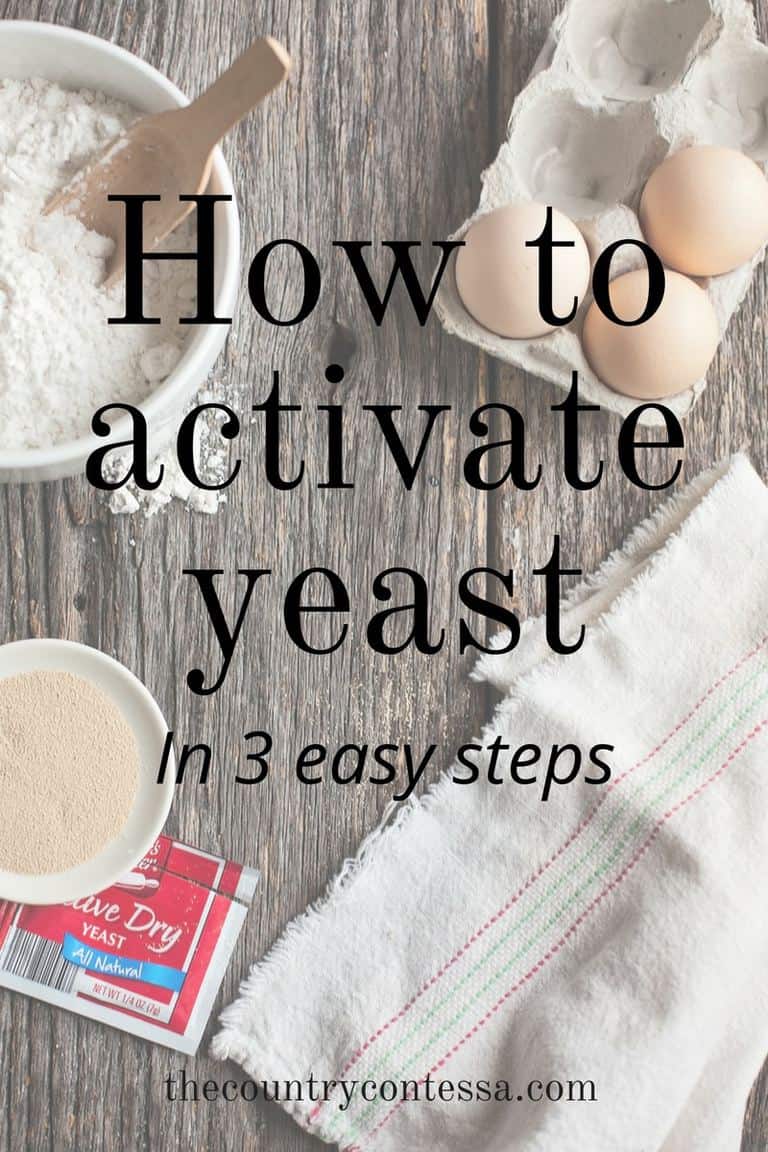
Maybe you’ve heard or lived the horror stories of trying to bake with yeast. You didn’t make bread. You made hockey pucks.
You didn’t make cinnamon rolls, you made petrified stone for your flower bed. Flat, hard, dry stuff that just didn’t do what you thought it would. What went wrong? It was something with your yeast which works as the leavening agent (the thing that makes bread rise).
There are only two things you can do to yeast: 1) not wake it up or 2) kill it. Both of which will make your bread flatter than a flitter. Because we all have absolutely no idea what a flitter is, but it sounds good.
Where do I get yeast?
You’ll find yeast in the baking aisle near the flour. It’s sold in a jar (way too much for most people to use) or in a three pack strip. Simply cut one or two packets from the strip to use as your recipe states. Each packet is about 2 1/4 teaspoons of the jarred kind.
Is there more than one kind of yeast?
Yep. You’ll probably see “fast acting” (sometimes called Rapid Rise) and regular. I just use regular. You aren’t going to save any time with the rapid rise kind really. There’s also fresh yeast, but it’s harder to find and not worth talking about right now.
Before you activate yeast
Before you properly activate your yeast with my method, do me a favor and check the expiration date on the package. Flip over the strip and make sure it’s still in date. Even if it expires that month, you should be fine. Just don’t use it if it’s out dated. It’s probably useless and there’s no point in risking in.
How to activate yeast: Step 1
This is the part that usually gets people, but it’s easy.
Yeast needs warm water to activate. How warm? Experts say about 110 degrees but who’s checking that?
Here’s how I do it: run some tap water until it’s warm. Not hot. Just warm. Now bump the faucet till you can say “Well, that’s definitely hotter than warm. Not so hot I want to wash dishes in it or anything, but hot enough.”
That’s the temperature you want. Fill your cup with the amount of water called for in the recipe (usually a cup) and sprinkle your packet of yeast over the top of the water. You don’t even need to stir it in. That’s what I did in this picture:
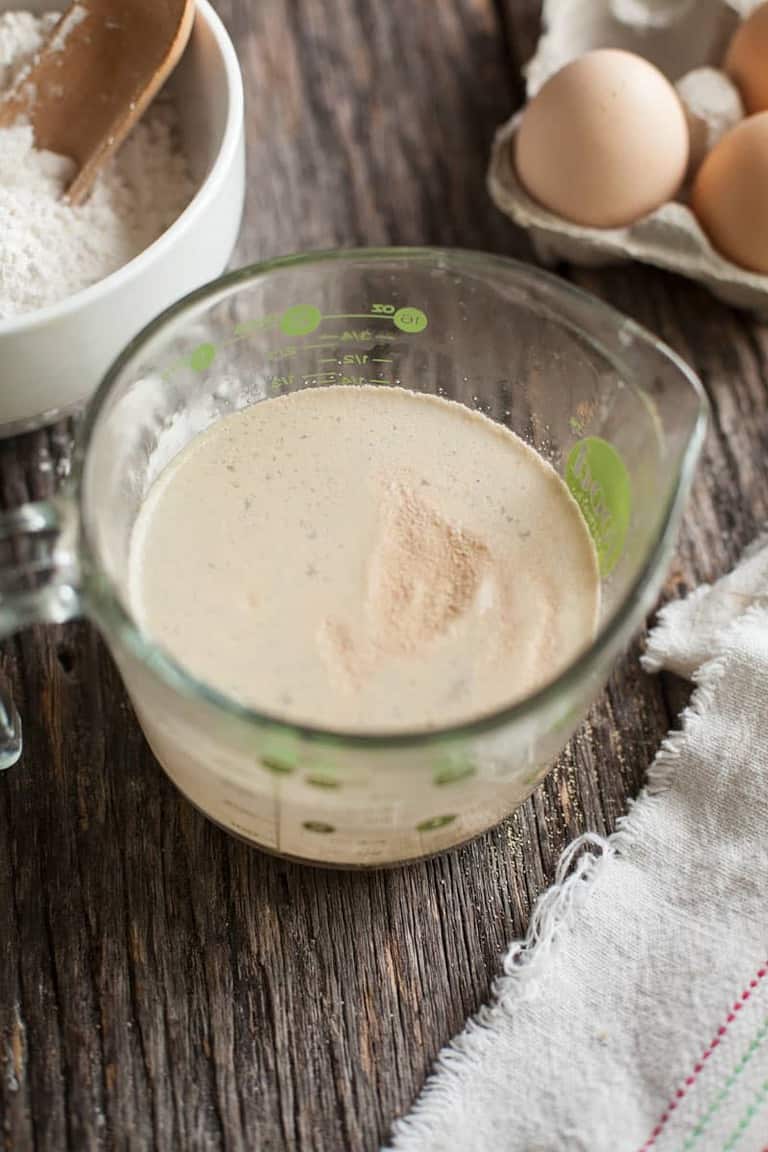
How to activate yeast step 2: Add a little sugar
Once you get the yeast on the water, add about a teaspoon of granulated sugar. Yeast is fed by sugar and this will help it multiply and activate with a little snack in its belly. Basically it speeds up the process.
Drop in the sugar and give it a stir with a spoon. After a couple of minutes it will start to look cloudy and have a little bit of foam on top. Be patient. The time is not yet! It looks like this:
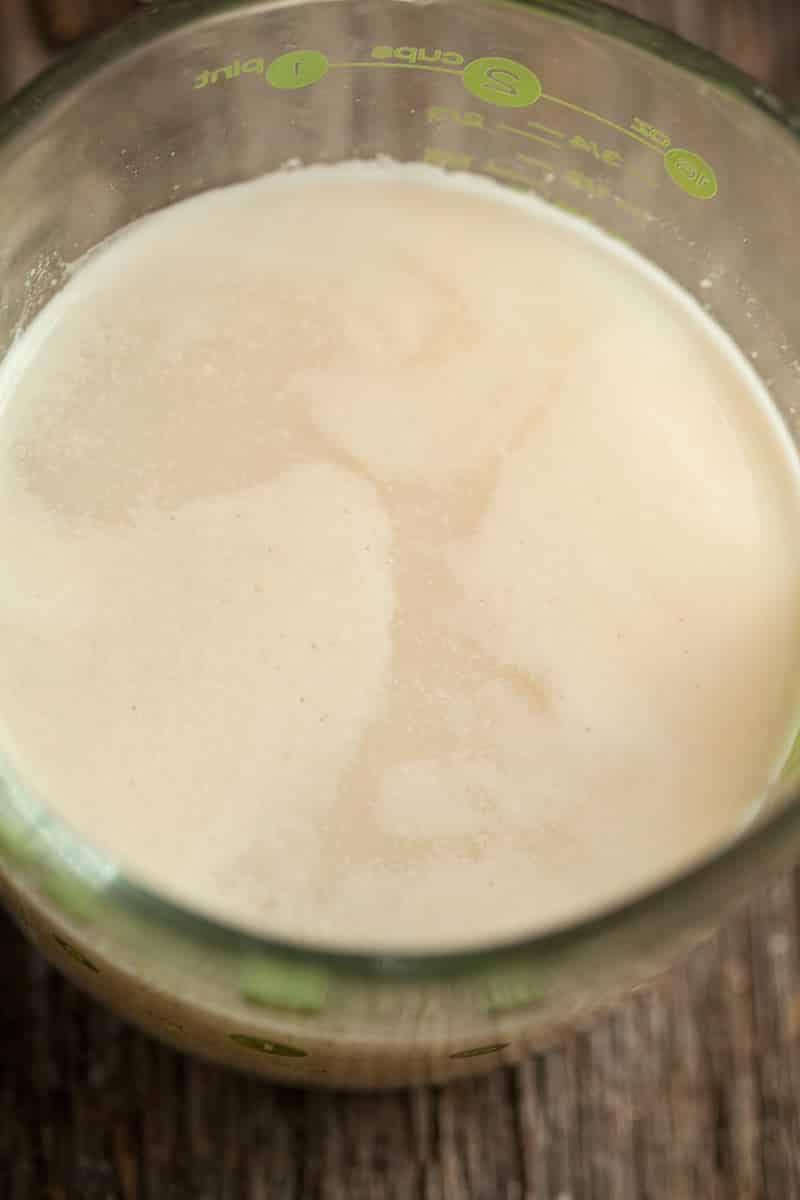
How to activate yeast step 3: Give it time
Depending on how warm your house is and how warm your water is, this step may take longer for some people. TV people say “five minutes” until your yeast starts to foam, but in my house where it’s cool right now, this step can take up to 15 minutes.
Sometimes I just stand there and watch my yeast like a nut case waiting to see something bubble to the top (and it will). When I see that, I just go ahead and throw it in my dough. But if you want to be totally sure, wait for this kind of foam or activity in the cup:
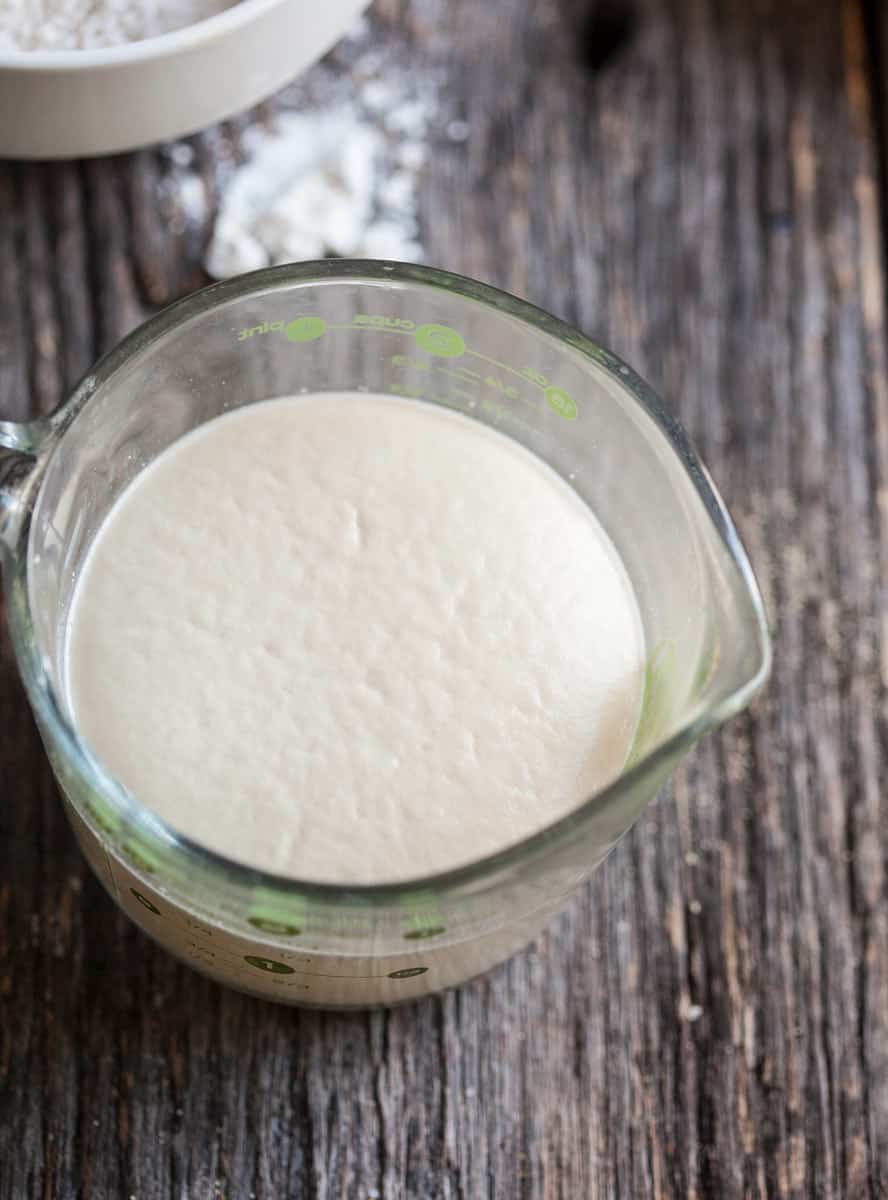
Once you see the foam, you’re ready to use your yeast in any recipe it calls for. If you DON’T see foam and you’ve been patient (given it 15 minutes or so), try again with another packet. If you made your water hot, try reducing that heat a bit and give it another try.
Just don’t go on and put it in your recipe like that. Lord knows nobody wants to waste hours baking something that is dead on arrival.
Still have questions? Watch me here:
Are you ready to bake? I knew it. 🙂
Get started with these easy recipes: Pull Apart Pumpkin Bread, Easy Yeast Rolls, or Soft Cinnamon Rolls.
Still have questions about how to activate yeast or anything on this topic? Comment below and let me know–I’m glad to help!
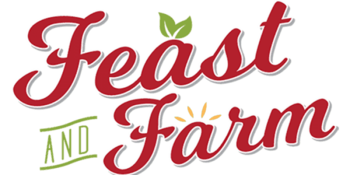
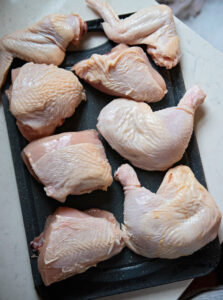
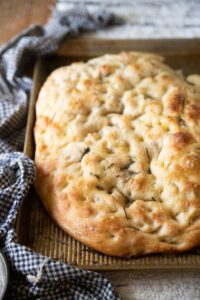
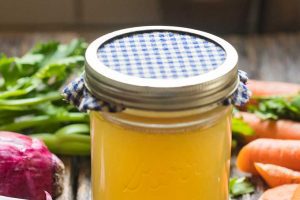
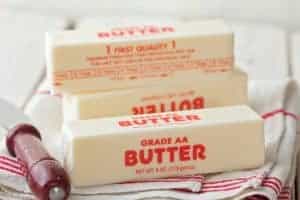
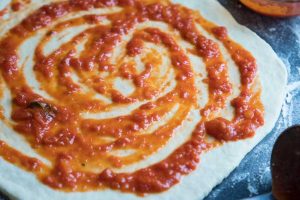
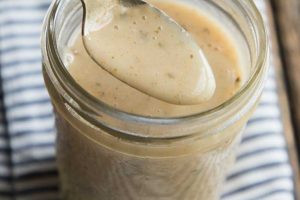
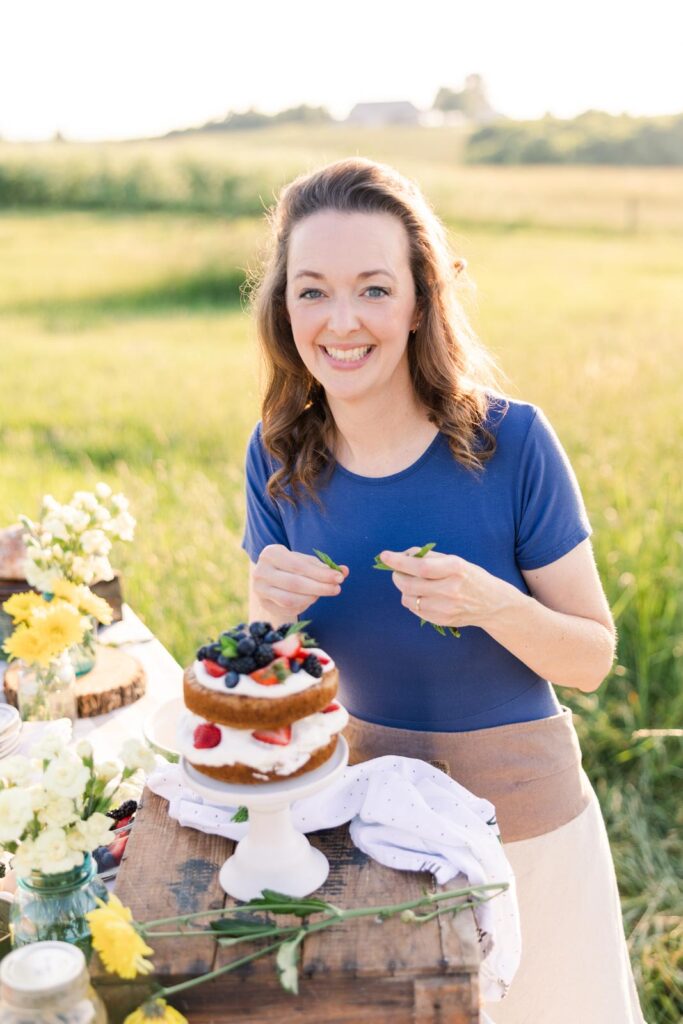
I gave up on my mom’s great yeast rolls years ago. Dry ingredients aren’t the problem. Only once in awhile did I get the darn things right. Mom wasn’t clear in the recipe. First 2 cups of milk brought to some hot stage but not boiling. ??? Then add the oil, sugar, then mix the dry yeast and add to the mixture. Never saying how much water, or how hot, to mix the yeast. Nothing. I guessed for years! Then Just add and let cool. How cool??? Well, anyway these rolls were loved by our whole family! It’s driven me nuts. I may have accidentally gotten it right 3 times. Hers were moist and puffed up and I finally gave up. My grandchildren loved the ones I got right the 3 times it happened! I do want to pass these down to my granddaughters! Apparently my mom knew how to mix yeast and get the milk just right, and cool the darn mixture! Any more suggestions for me? Hate to sound lame but I’m not sure what order these liquid ingredients go in yet! Thnx so much!!
Hey Lanie! The first thing that comes to mind with the milk is that she is scalding it. Hot stage means steaming with a tiny bit of bubbling around the edge of the pan but not boiling. Shut off the heat and allow the milk to cool to 110 before mixing it with your yeast. Milk has enzymes in it that need to be heated/scalded to keep them from impeding the yeast production. I’d be willing to bet that’s what she was talking about. –Rachel
Hi do I know if I’ve killed it was my water too hot?
You should see the yeast start to bubble up in the liquid. If nothing happens and it just sits there like brown water after ten or fifteen minutes, it’s no good. Lukewarm/warm water is all you need.
Thank you so much for the steps plus the pictures. I’m trying yeast for the first time. Your site was super helpful!
Rachel
I’m trying to find a good multi grain that has sunflower seeds, flaxseed meal, and things like that. I work 10 hour shifts so I can’t make bread from scratch all the time and was thinking if I could partially make it that would help reduce the time. if you have any ideas or other tips I would greatly appreciate it. Thanks again for your time
Hey Sarah, what’s your definition of “partially make it”? It’s pretty hard to partially make bread so I’d have to know what your plan in there first.
To find a good multi grain, King Arthur Baking would be my go to. I found this recipe you could check out. It has a ton of stuff in it! https://www.kingarthurbaking.com/recipes/multigrain-loaf-recipe
Multi grain loaves naturally take longer to rise because of the weight of so many seeds and grains in the loaf so there’s not a good way to speed up this particular type of bread too much. The warmer the room, the faster it will rise of course, but likewise sometimes you can use your refrigerator to slow a rise so you can bake when you get home.
Pre measuring dry ingredients and having those on hand when you’re ready to mix might save a smidge of time.
Personally I’m a fan of baking in bulk and then freezing the sliced loaves so you have bread on hand when you need it. That’s how I do sourdough. I freeze mine in Lock and Lock bread containers and just warm a slice at a time. –Rachel
hello Rachel thanks for all the tips, but I have a few more questions. can you use brown sugar or does it have to be white sugar? also can you freeze the bread before it is baked if so how would you do that to ensure when it is thawed it rises again?
Hey Sarah, sugar in general can be optional here, but any sugar source works including honey, organic cane sugar, white sugar, even maple syrup. Brown sugar wouldn’t be my first pick just because it carries the molasses flavor, but if you’re making a recipe where that flavor makes sense, you could use it. When freezing dough you have to really rely on the specifics of the bread recipe. If I freeze dinner rolls for example, I mix, do the first rise, shape them and put them in a pan then freeze before they rise any further. I thaw them covered with greased plastic wrap at room temperature (8-10 hours or so) until doubled and then bake them. If you have a specific bread recipe you’re interested in freezing reply back here and I can help you further. –Rachel